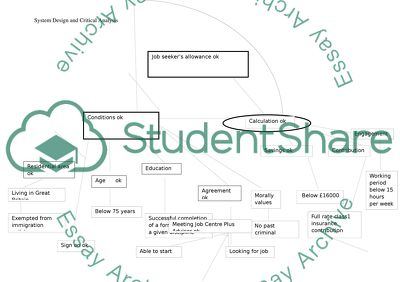Cite this document
(“AIIB Assignment Coursework Example | Topics and Well Written Essays - 2750 words”, n.d.)
AIIB Assignment Coursework Example | Topics and Well Written Essays - 2750 words. Retrieved from https://studentshare.org/information-technology/1491875-aiib-assignment
AIIB Assignment Coursework Example | Topics and Well Written Essays - 2750 words. Retrieved from https://studentshare.org/information-technology/1491875-aiib-assignment
(AIIB Assignment Coursework Example | Topics and Well Written Essays - 2750 Words)
AIIB Assignment Coursework Example | Topics and Well Written Essays - 2750 Words. https://studentshare.org/information-technology/1491875-aiib-assignment.
AIIB Assignment Coursework Example | Topics and Well Written Essays - 2750 Words. https://studentshare.org/information-technology/1491875-aiib-assignment.
“AIIB Assignment Coursework Example | Topics and Well Written Essays - 2750 Words”, n.d. https://studentshare.org/information-technology/1491875-aiib-assignment.


